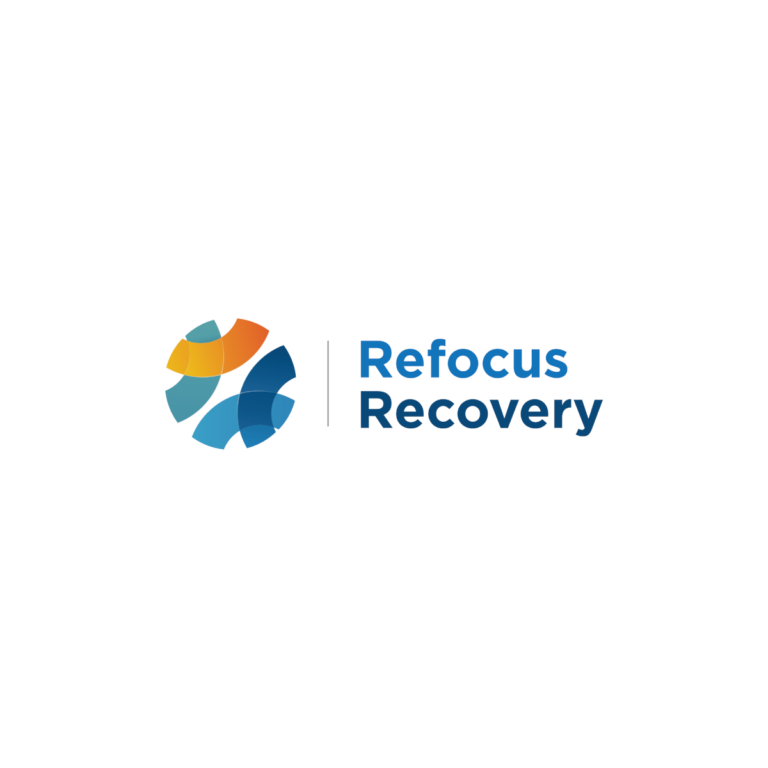Recovery from addiction is all about rebuilding: your relationships, your sense of self, as well as many other aspects of your life. Part of this process is learning how to be in healthy relationships with others. Due to the havoc that addiction can wreck on every aspect of our lives, re-learning healthy ways to interact with others is often necessary. Boundaries are key to establishing healthy relationships, and building new relationships that may have been damaged in the past. In this post we’ll be digging deeper into what boundaries are, and explore some examples of the types of boundaries you can set. Keep reading to learn more about personal boundaries.
What are Personal Boundaries?
Personal boundaries are defined as limits and rules we set for ourselves in personal relationships. Healthy boundaries consist of both the ability to say “no” when necessary, and to open up when developing close relationships. Necessary for the overall health of your interpersonal relationships, personal boundaries are critical for each individual to become comfortable deploying. Boundaries are all about taking responsibility for your own actions and reactions, and knowing a healthy limit for yourself.
Encompassing all interpersonal relationships one might have, there are four distinct types of personal boundaries:
- Emotional boundaries
- Physical boundaries
- Time boundaries
- Internal boundaries
We’ll get into these categories a bit more later.
Whatever the form, boundaries are healthy for any individual to establish and can be absolutely critical to those who are in recovery.
Why are They Important to Your Recovery?
As mentioned above, rebuilding your relationship with yourself and others is critical to your success in recovery. Establishing healthy boundaries can support you in maintaining your own identity separate from others. Many times, addiction leads to codependent behaviors on others and an extreme loss of the self. This is why we enforce healthy boundaries. They are not only beneficial to you, but to those around you in setting expectations that everyone can look to!
Types of Personal Boundaries
Emotional Boundaries: Emotional boundaries are set around your emotions, and the emotions of others, to ensure that the two stay separate. Recognizing what emotions belong to you, and how that is separate from the emotional state of another is key to building a healthy emotional relationship with those around you.

An example of setting an emotional boundary would be:
You and a friend consistently talk on the phone. Typically when you chat, your friend emotionally “dumps” on you; oversharing and depending on you to bear their emotional situations alongside them. You start to notice that you always feel drained and low after talking to your friend on the phone.
It’s time to set the boundary.
You approach your friend, explain how you’re feeling about the chats you’ve been having on the phone. After explaining your feelings, let them know that you are no longer comfortable with these types of conversations. If you notice it continues to happen, let your friend know that you will have to either change the topic of conversation or even stop talking to them on the phone altogether.
Physical Boundaries: Physical boundaries consist of interactions with other people that involve physical contact, or touch. Each person has a different level of comfortability with physical contact, and has the right to communicate that comfortability with others.

An example of a physical boundary would be:
You are spending time with your significant other after work, and are feeling overwhelmed from the long day you had. You regularly need time to decompress on your own before engaging with anyone else. On top of this, you are not someone who particularly enjoys physical touch in your intimate relationships. You notice that your significant other always wants to sit close together on the couch once you get home from work. This makes you a bit uncomfortable, and doesn’t allow you to relax after work.
Sit down and explain to your partner how you feel about needing some time to wind down after work before joining them on the couch. Then offer a solution that establishes your boundary yet still allows your partner to feel close with you post-work.
For example, you decide that saying hello and offering a hug when you walk in the door is sufficient. After this you are able to take your time to decompress, and later join your partner on the couch.
Time Boundaries: Time boundaries deal with protecting your personal space and time. Ensuring that you have enough space and time dedicated to YOU can ensure that there is no burnout from work, friends and other social activities. Your time is valuable. Learn to find a balance between different areas of your life through setting boundaries around your availability.

An example of a time boundary you might set:
You love your job. You love your job so much that you often overwork yourself, pouring as much time into helping others as you can. While you might be impassioned about serving your community, after work you often feel too tired to spend time with friends or family.
Let’s look at how a boundary could support both your career and your personal life.
Say you have a meeting with your Supervisor to discuss how you’ve been feeling a bit more burnt out than lately. In this meeting you disclose that you’ve been working more hours than you’re comfortable with because there are so many people that you want to help. Outline for your employer the times that you’re available, and come to an agreement around your schedule. And stick to it! This will manage both your expectations and your employer’s.
Internal Boundaries: Exactly as they sound, internal boundaries are set with yourself. Centered around accountability, these boundaries require you to hold yourself to an expectation you have set around morals, values, and your overall interactions with yourself. Having healthy internal boundaries allows you to challenge yourself while still holding space for compassion.

An example of a healthy internal boundary could be:
You notice that you have been a bit more reactive lately. You feel like it’s out of character for you to feel this irritable, and you want to understand why this is happening. Instead of criticizing your own behavior, you investigate what might be going on under the surface. After doing so, you can better understand how you might change these actions – and thereby begin to shift your behavior.
Say you notice that you have been more easily triggered. So you decide you need to remove yourself to de-escalate before continuing to interact with the trigger. This boundary not only sets expectations for your behavior, but allows you to meet yourself with a bit more compassion and understanding.
Ready to Start Setting Personal Boundaries?
The word boundary can sound firm – keep in mind that personal boundaries can still be flexible, so long as they are serving their purpose. Setting boundaries can actually help your relationships to thrive, giving them space to breathe and a safe place to fall back into. Take some time to reflect on the relationships in your life – where are some areas that you can start to set boundaries today?
Start Creating a Recovery Wellness Plan Now
Peer Professionals are qualified to guide individuals along their recovery – specifically those who have not yet established long-term recovery. One way Peers do this is through developing Recovery Wellness Action Plans over the course of working with their clients. Learn more about Wellness Plans here, or get connected with a Peer now!
Sources:
PsycheCentral. “7 Types of Boundaries You May Need.” PsycheCentral, 2020. https://psychcentral.com/blog/imperfect/2020/04/7-types-of-boundaries-you-may-need.
Accessed 19 June 2020.
University of California, Berkeley. “What are Personal Boundaries?” University of California, Berkeley, 2016. https://uhs.berkeley.edu/sites/default/files/relationships_personal_boundaries.pdf.
Accessed 18 June 2023.





